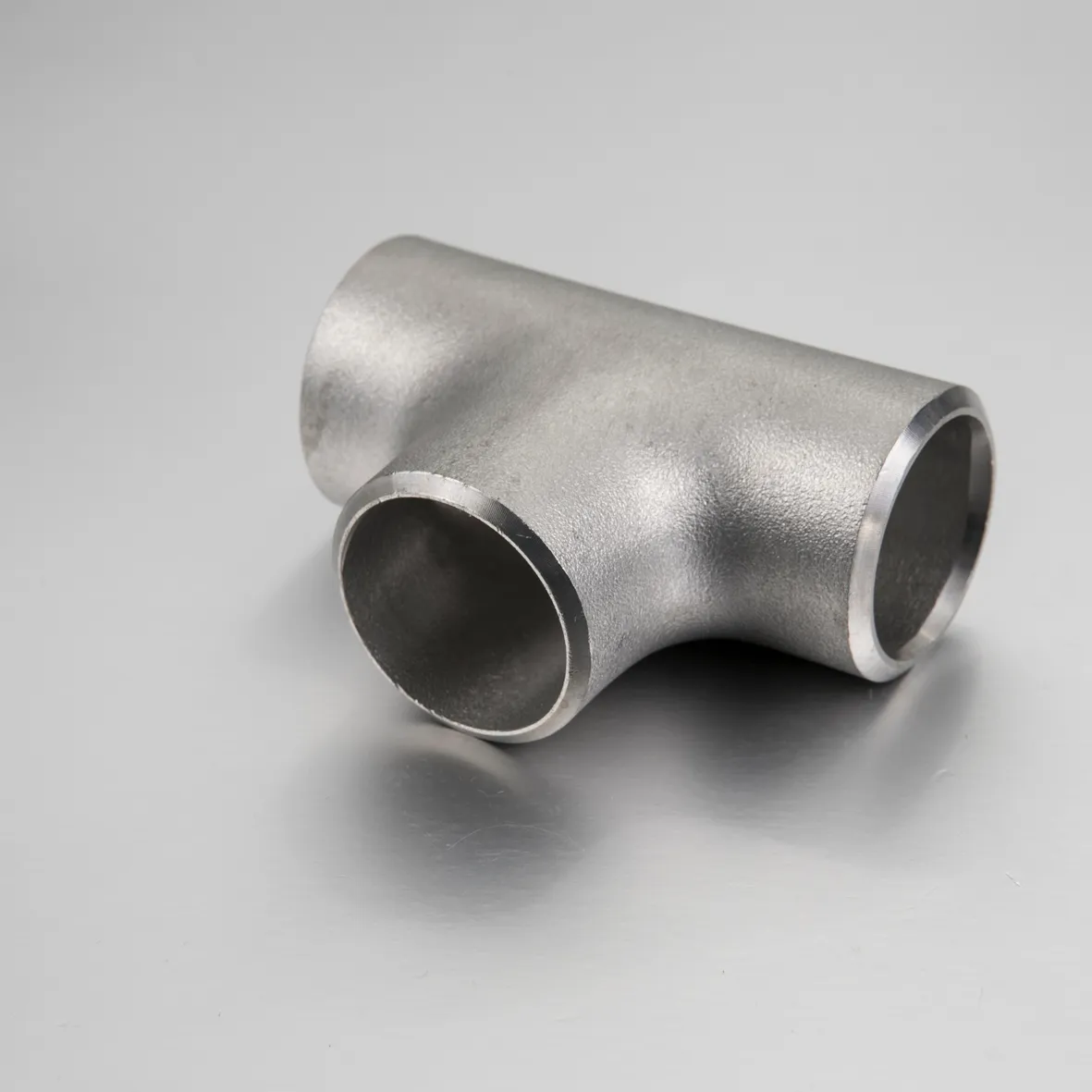-
Cangzhou Yulong Steel Co., Ltd.
-
Phone:
+86 13303177267 -
Email:
admin@ylsteelfittings.com
- English
- Arabic
- Italian
- Spanish
- Portuguese
- German
- kazakh
- Persian
- Greek
- French
- Russian
- Polish
- Thai
- Indonesian
- Vietnamese
- Zulu
- Korean
- Uzbek
- Hindi
- Serbian
- Malay
- Ukrainian
- Gujarati
- Haitian Creole
- hausa
- hawaiian
- Hebrew
- Miao
- Hungarian
- Icelandic
- igbo
- irish
- Japanese
- Javanese
- Kannada
- Khmer
- Rwandese
- Afrikaans
- Albanian
- Amharic
- Armenian
- Azerbaijani
- Basque
- Belarusian
- Bengali
- Bosnian
- Bulgarian
- Catalan
- Cebuano
- China
- China (Taiwan)
- Corsican
- Croatian
- Czech
- Danish
- Esperanto
- Estonian
- Finnish
- Frisian
- Galician
- Georgian
- Kurdish
- Kyrgyz
- Lao
- Latin
- Latvian
- Lithuanian
- Luxembourgish
- Macedonian
- Malgashi
- Malayalam
- Maltese
- Maori
- Marathi
- Mongolian
- Myanmar
- Nepali
- Norwegian
- Norwegian
- Occitan
- Pashto
- Dutch
- Punjabi
- Romanian
- Samoan
- Scottish Gaelic
- Sesotho
- Shona
- Sindhi
- Sinhala
- Slovak
- Slovenian
- Somali
- Sundanese
- Swahili
- Swedish
- Tagalog
- Tajik
- Tamil
- Tatar
- Telugu
- Turkish
- Turkmen
- Urdu
- Uighur
- Welsh
- Bantu
- Yiddish
- Yoruba

Oct . 08, 2024 06:01 Back to list
bending stainless steel tubing by hand
Bending stainless steel tubing by hand is a skill that can be incredibly useful in various applications, from craft projects to automotive repairs. Stainless steel, known for its durability and resistance to corrosion, is a popular choice in fabrication due to its aesthetic appeal and mechanical properties. However, bending it by hand can be a challenging task without the right techniques and tools.
To begin with, it's essential to understand the grade and thickness of the stainless steel tubing you are working with. Common grades include 304 and 316, with 304 being more malleable, making it easier to bend. Thicker tubing may require more force and could be more prone to kinking, so choosing the right tubing size for your project is crucial.
When bending stainless steel by hand, one of the most critical aspects is to ensure that the bend is smooth and uniform. Using a bender tool is highly recommended for achieving a professional result, but if you prefer to go the manual route, you can still achieve satisfactory results with careful handling. Here’s a step-by-step guide on how to bend stainless steel tubing by hand
1. Preparation Start by measuring the length of the tubing you need. Use a marker to indicate where the bend will be made. It’s generally advisable to keep at least several inches of straight tubing on either side of the bend to maintain structural integrity.
2. Heat Treatment Stainless steel can be quite rigid. If you're working with thicker gauge tubing, heating the area to be bent can make the metal more malleable. A torch can be utilized for this purpose; however, be cautious, as overheating can damage the material.
bending stainless steel tubing by hand

3. Mark the Bend Use a protractor or a template to mark the desired angle of the bend. This step is crucial for ensuring accuracy in your project.
4. Bending Place the tubing over a sturdy surface, and use your body weight to apply even pressure to initiate the bend. If you have a pipe bender, you can use it to guide the tubing to the desired angle. If you're bending by hand, ensure that both hands are applying pressure evenly to avoid kinks.
5. Cooling and Finishing If you’ve used heat during the bending process, allow the tubing to cool slowly to prevent warping. After cooling, inspect the bend and use a finisher or grinder to smooth out any rough edges.
In conclusion, while bending stainless steel tubing by hand can be a demanding task, it is achievable with the right approach. Whether you are a seasoned fabricator or a DIY enthusiast, mastering this technique opens up a world of possibilities in your projects. Remember to practice on scrap pieces first to hone your skills and ensure your results are polished and professional.
Latest news
-
ANSI 150P SS304 SO FLANGE
NewsFeb.14,2025
-
ASTM A333GR6 STEEL PIPE
NewsJan.20,2025
-
ANSI B16.5 WELDING NECK FLANGE
NewsJan.15,2026
-
ANSI B16.5 SLIP-ON FLANGE
NewsApr.19,2024
-
SABS 1123 FLANGE
NewsJan.15,2025
-
DIN86044 PLATE FLANGE
NewsApr.19,2024
-
DIN2527 BLIND FLANGE
NewsApr.12,2024
-
JIS B2311 Butt-Welding Fittings LR/SR 45°/90° /180°Seamless/Weld
NewsApr.23,2024











